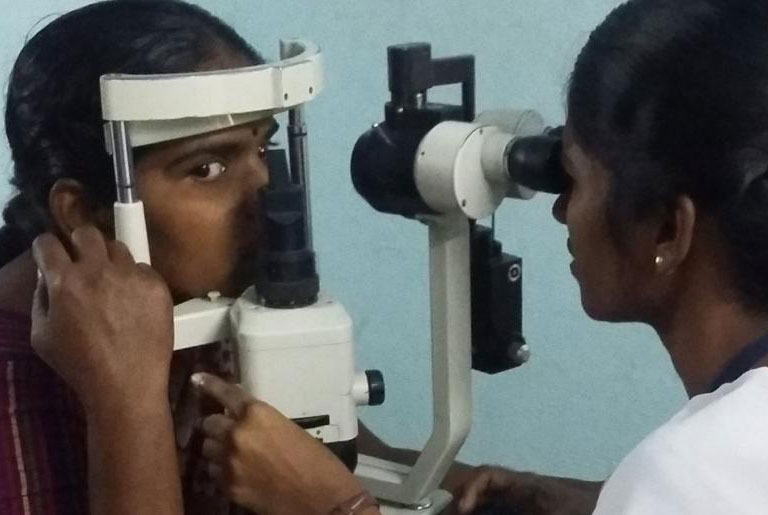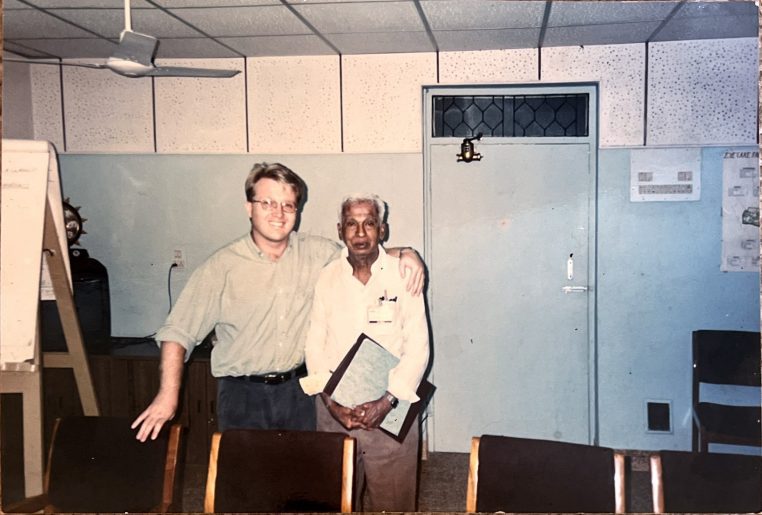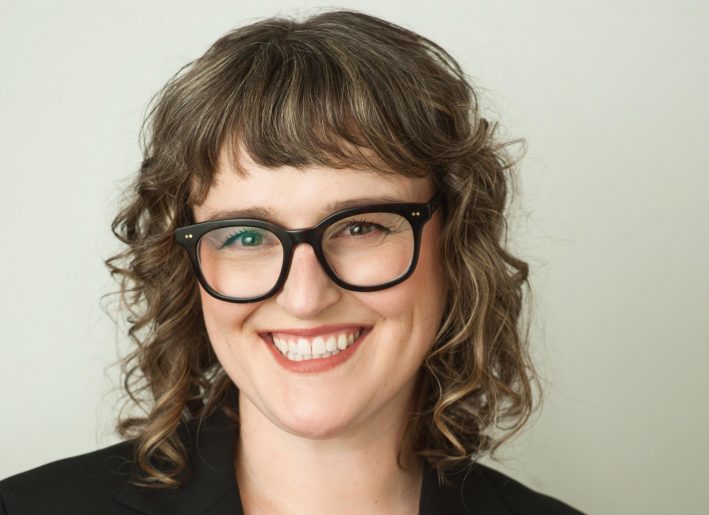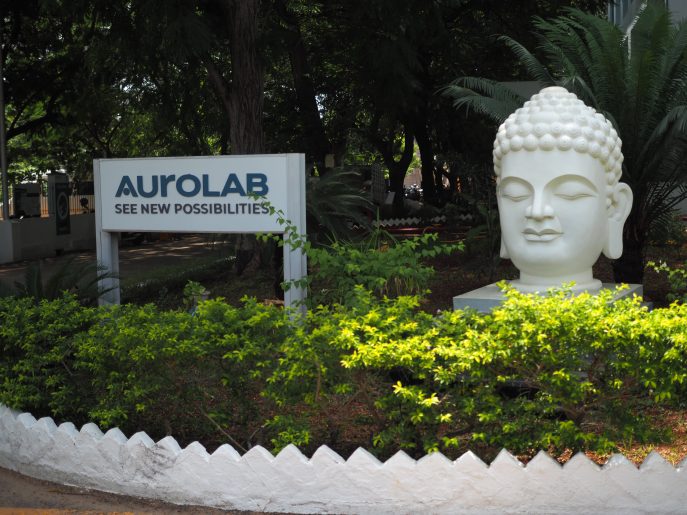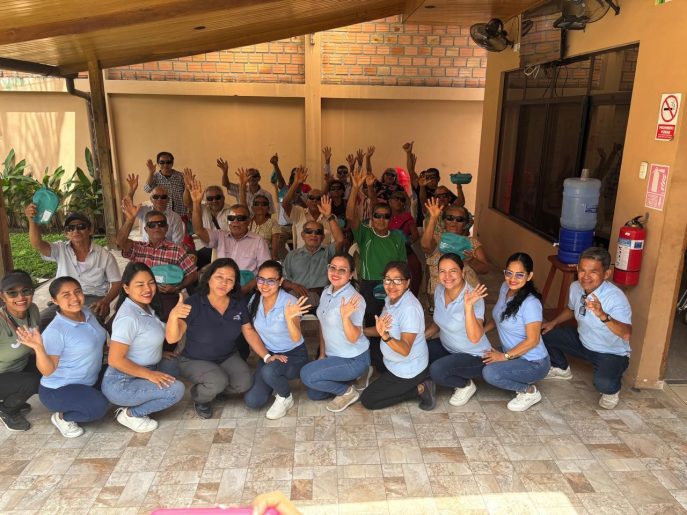Seva’s partner in India, Aravind Eye Care System (AECS), is a world leader in high-quality, high-volume, sustainable, community-oriented eye care. Its innovative financial structure allows fees from paying patients to subsidize services for the patients too poor to pay. Aravind’s creative cross-funding model is the standard in all Seva-supported programs.
To understand how Aravind expanded and achieved financial and market success in Southern India, we must first alter several assumptions about effective business practices and most of what we use to measure success.
Marketing Eye Care to People Too Poor to Pay
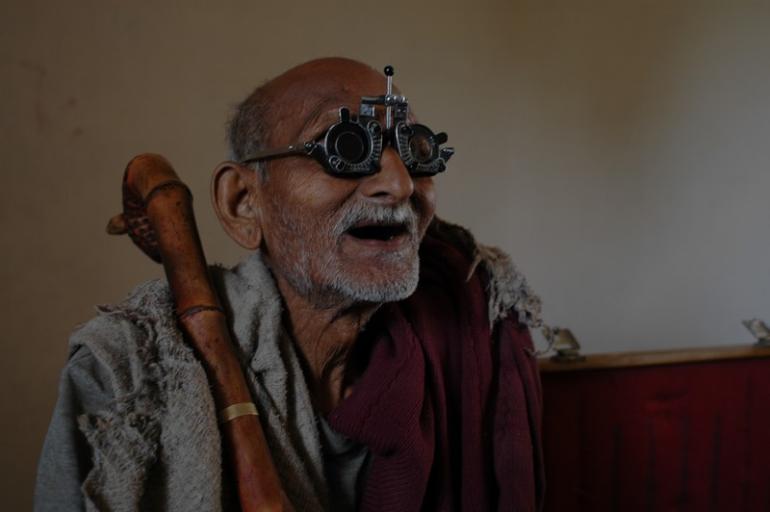
photo by Brian Harris
The dominant marketing model at Aravind focuses on how to ‘sell’ eye care to people too poor to pay for services at all.
The model includes Aravind spending substantial funds on outreach activities systematically designed to give these services away.
General population awareness of providing high-quality, respectful, user-friendly eye care to the poor, encouraged those who can pay to pay what they can to ensure everyone, regardless of income, would get care. The result was a substantial net profit for Aravind. This dimension of Aravind’s business practices has been fairly well described and analysed by not only the eye care community but by many businesses worldwide.
Helping the Competition
The second, equally important and equally counter-intuitive dimension of Aravind’s marketing model, is to provide substantial assistance to competing eye care institutions in their own catchment area and beyond.
Aravind has successfully helped hundreds of weaker eye programs to increase productivity and efficiency in service-starved settings where need exceeds supply ten to one. Aravind provides the training, free of charge, as well as absorbing the salaries and loss of service income from staff absent often for weeks or months.
The market effect of investing in improving the quality and overall capacity (i.e. statewide) as opposed to Aravind itself, remains poorly studied in resource poor regions such as India. In theory, making high-quality services more readily available to all and by helping to eliminate poor-quality services, resulted in a net profit for Aravind and other eye institutions.
By increasing the awareness of services and helping to train other organizations to provide high-quality care to all, the standard and availability of care is expanded, benefitting a larger segment of the population.
In short, eye care becomes increasingly popular as a reliable, effective and readily available service that populations can and should use. By increasing the awareness of services and helping to train other organizations to provide high-quality care to all, the standard and availability of care is expanded, benefitting a larger segment of the population.
